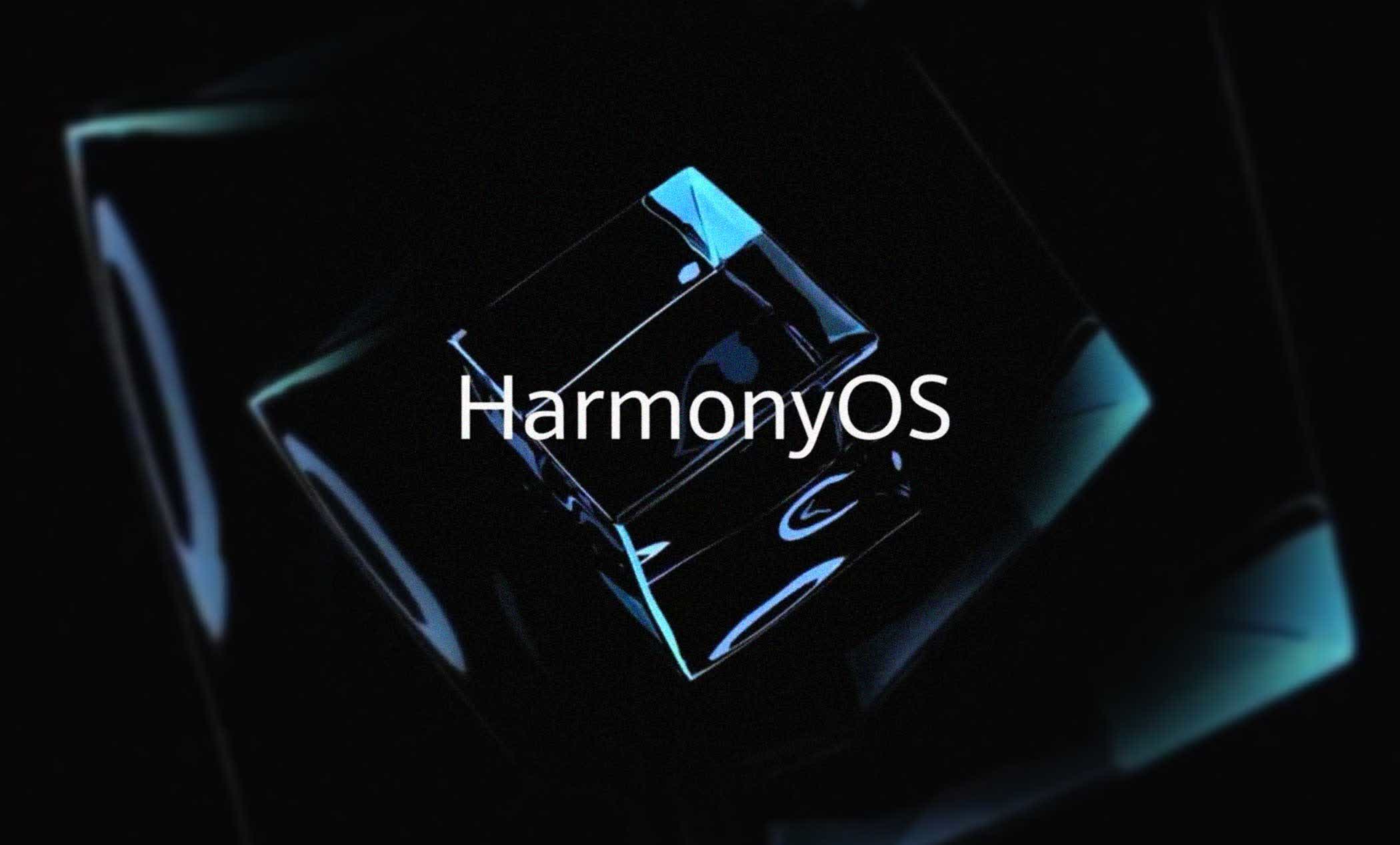In context: Huawei doesn't say how much of the $139 billion in revenue it made last year comes from software. However, the company is bullish on the idea that its future depends greatly on the ability to make Harmony OS a winning formula for phones, tablets, smartwatches, TVs, and all forms of smart home products. The company hopes that one day it will dominate the world with its software and reverse the current power dynamic in the trade war between China and the US.
Earlier this year, we learned that Huawei's homegrown HarmonyOS 2.0 amounted to little more than a poorly-disguised Android 10 clone, despite the company's insistence that it was a new and radically different operating system that would be able to fit a variety of computing scenarios.
For the past years, the Chinese company has been navigating the trade war between its home country and the US, and this has had a profound impact on its ability to develop new hardware. To mitigate the problem, the company has been pivoting towards cloud and software services, while also pooling more resources towards Harmony OS.
It's nearly time to find out more about #HarmonyOS#LiveSmartWithHuawei pic.twitter.com/pmsHFHpgFN
--- Huawei Mobile (@HuaweiMobile) May 25, 2021
According to Huawei's Twitter, the company will host an event on June 2 where it will formally launch Harmony OS on smartphones. The first phone to launch with the new operating system is the Huawei Mate 40 Pro, and the company is expected to showcase two new MatePad tablets and two new smartwatches – all running Harmony OS 2.0.
Huawei has big plans for the new OS as it remains optimistic about the future. In a recent memo sent to company staff, founder and CEO Ren Zhengfei encouraged employees to "dare to lead the world in software," as development in that area is "outside of US control and we will have greater independence and autonomy."
With Harmony OS 2.0, Huawei is supposedly making a huge investment in developing an entire ecosystem, and has already forged partnerships with 20 hardware vendors and 280 app developers. The company hopes to have 300 million devices running Harmony OS by the end of 2021, 100 million of which would come with the new OS out-of-the-box. It will be interesting to see if Huawei is capable of turning that vision into reality.
